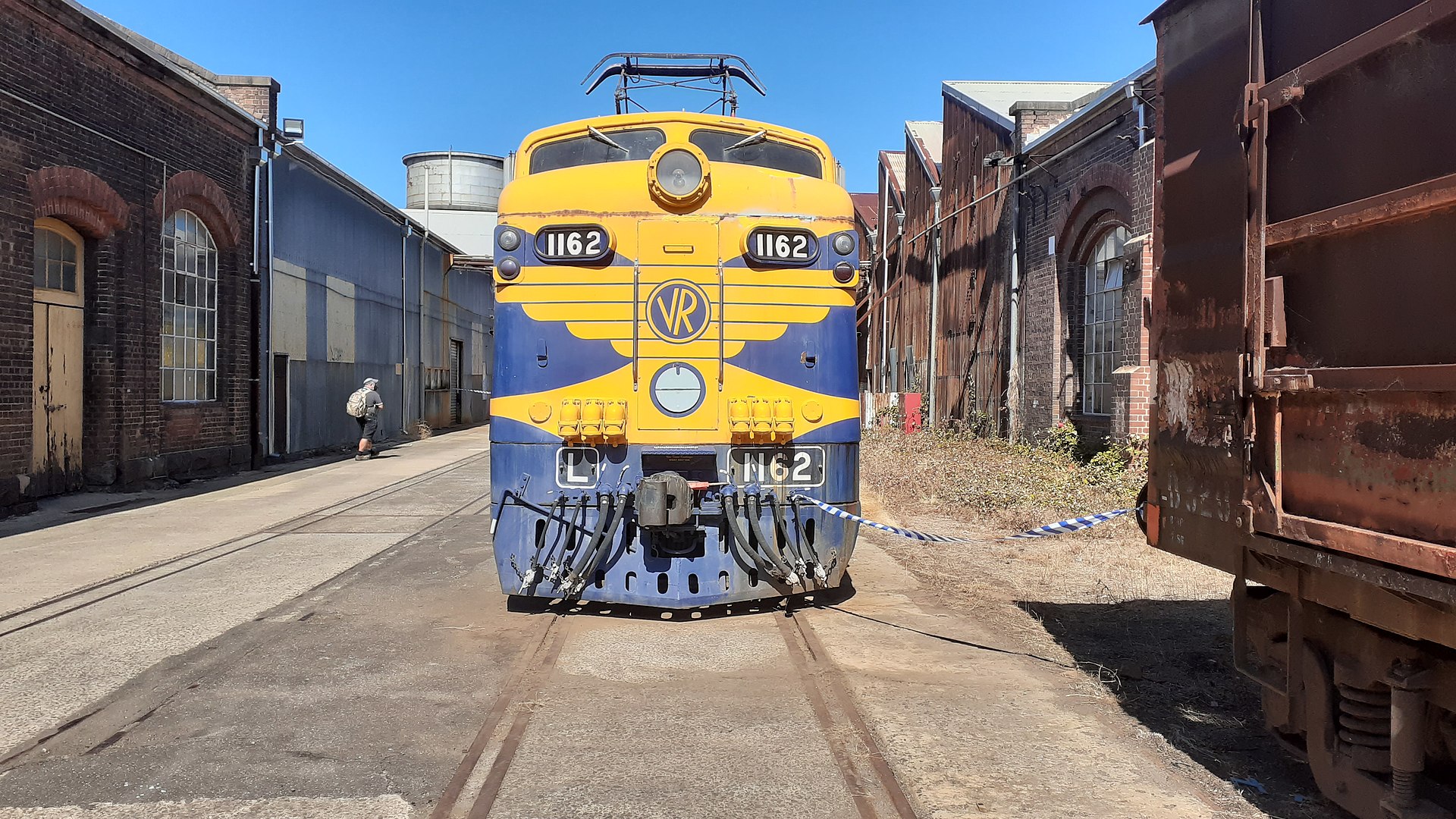In the vast expanse of Australia, with its expansive landscapes and extensive networks of roads, rail freight was once hailed as the backbone of the nation’s transportation system. However, despite its potential, rail freight in Australia has faced significant challenges, leading to its gradual decline and, in some cases, failure. Several factors contribute to this decline, ranging from infrastructure shortcomings to economic and policy issues.
One of the primary reasons behind the failure of rail freight in Australia is the historic underinvestment in rail infrastructure. Compared to road infrastructure, rail networks have often been neglected, leading to outdated and inefficient systems. Limited investment in upgrading tracks, improving connectivity, and enhancing operational efficiency has hampered the competitiveness of rail freight against road transport.
Moreover, the geography and vast distances in Australia pose unique challenges to rail freight. The sheer size of the country means that rail networks must cover extensive distances, often traversing remote and sparsely populated areas. Maintaining and operating rail lines in such areas incurs high costs, making it economically unfeasible for rail freight to compete with road transport, especially for shorter distances or smaller volumes of goods.
Another significant factor contributing to the decline of rail freight is the dominance of road transport in Australia’s logistics landscape. Over the years, road transport has enjoyed favorable conditions, including subsidies, streamlined regulations, and flexible delivery options. This has made it more convenient and cost-effective for businesses to opt for road transport, relegating rail freight to a secondary role in the transportation of goods.
Additionally, the lack of integration and coordination between different modes of transportation has hindered the efficiency of rail freight. Unlike countries with well-integrated multimodal transport systems, Australia has often struggled to synchronize rail, road, and sea transport effectively. This lack of coordination results in inefficiencies, delays, and increased costs, further eroding the competitiveness of rail freight.
Furthermore, regulatory and policy challenges have also contributed to the failure of rail freight in Australia. Complex regulatory frameworks, bureaucratic hurdles, and inconsistent policies have created uncertainty for rail operators and investors. Without clear and stable regulatory environments, the incentive to invest in rail infrastructure and services diminishes, exacerbating the decline of rail freight.
Moreover, the privatization of Australia’s rail networks has had mixed outcomes for rail freight. While privatization aimed to improve efficiency and introduce competition, it has also led to fragmentation and reduced coordination within the industry. Private operators focus on maximizing profits, often neglecting the long-term development and sustainability of rail freight infrastructure and services.
In conclusion, the failure of rail freight in Australia stems from a combination of factors, including underinvestment in infrastructure, geographical challenges, the dominance of road transport, lack of integration, and regulatory uncertainties. Addressing these challenges requires a concerted effort from government, industry stakeholders, and policymakers to invest in modernizing rail infrastructure, improving coordination between different modes of transportation, and implementing supportive policies to revitalize rail freight as a viable and sustainable option for transporting goods across Australia’s vast distances.


